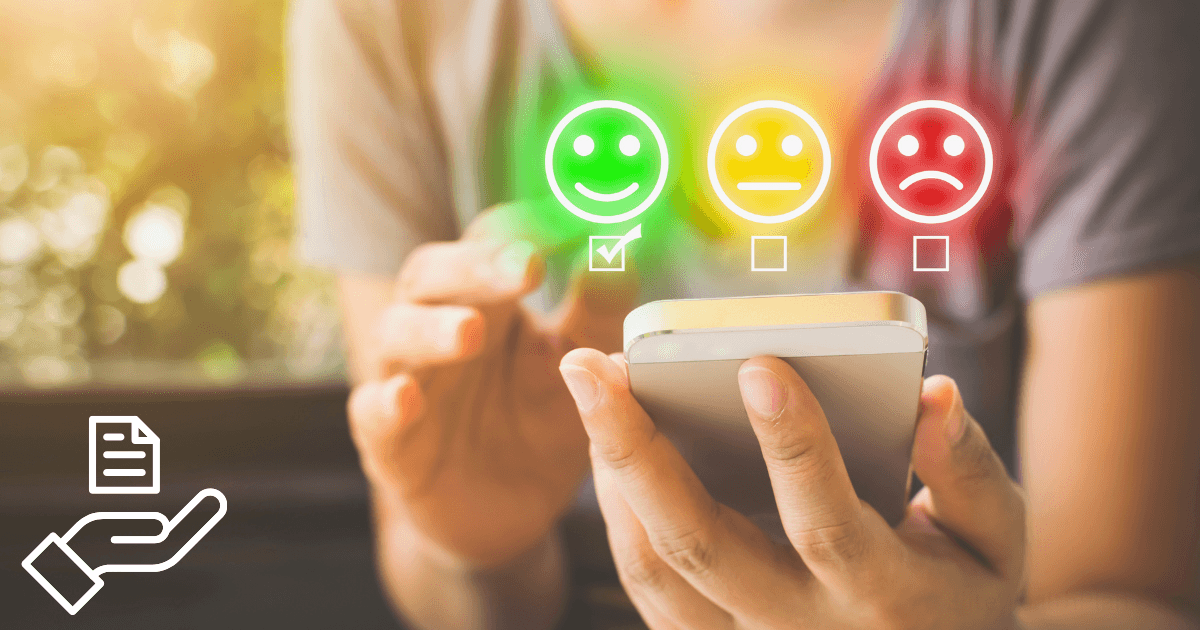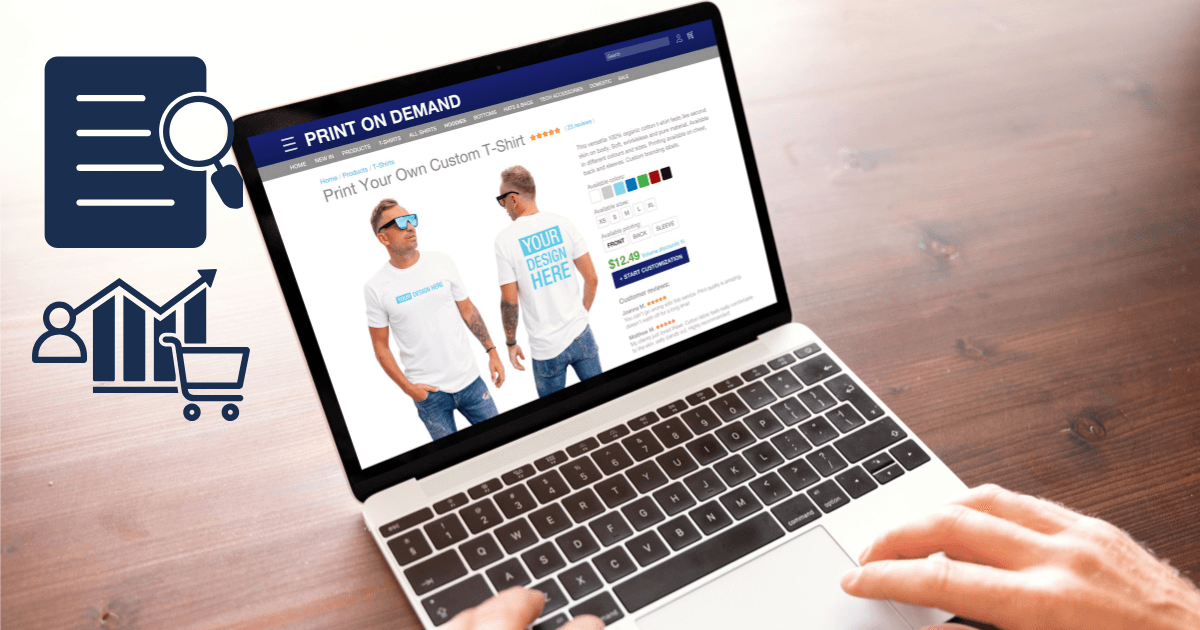Customer Service Templates That Turned 70% of My Complaints Into Repeat Customers

In the world of business, complaints are inevitable. But what if I told you that customer complaints are actually disguised opportunities? That’s not just positive thinking—it’s a proven psychological principle that transformed my approach to customer service and dramatically improved my retention rates.
After implementing a strategic response system using the templates I’m about to share, I witnessed something remarkable: 70% of customers who initially reached out with complaints became repeat customers. Today, I’ll show you exactly how I achieved this transformation.
The Hidden Psychology Behind Customer Complaints
Before diving into templates, we need to understand what’s really happening when a customer complains. According to research from SuperOffice, only 1 in 25 unhappy customers actually complain directly to businesses—the rest simply leave without saying a word. This means every complaint you receive represents approximately 25 silent dissatisfied customers.
When someone takes the time to complain, they’re actually:
- Demonstrating investment in your relationship
- Giving you an opportunity to retain their business
- Providing valuable feedback that could prevent future issues
A study by Kommunicate found that more than 50% of U.S. customers believe brands take action on their feedback. This expectation creates a psychological opening—when you respond effectively, you’re not just solving a problem; you’re exceeding an expectation that may have been set low by previous experiences with other companies.
The Template Framework That Changed Everything
What makes these templates effective isn’t just their wording—it’s the psychological framework behind them. Each template follows what I call the ARTT approach:
- Acknowledge the emotional experience
- Responsibility without defensiveness
- Transform the interaction with unexpected value
- Transparent follow-up
Let’s explore the templates that have consistently delivered results:
Why it works: This template immediately validates the customer’s experience without making excuses. According to LaunchNotes, empathy is crucial in complaint resolution as it helps defuse tense situations and shows customers their concerns are valued. The personal touch and specific timeframe create accountability and reduce anxiety.
Why it works: This template transforms the interaction by offering a three-part solution that goes beyond the immediate problem. Research from Rave Capture shows that offering compensation acknowledges customer inconvenience effectively and can significantly improve their perception of the resolution.
Why it works: According to GetZowie, 83% of shoppers are more loyal to brands that respond to and resolve their complaints. This template reinforces the relationship by demonstrating that their feedback created actual change, which fulfills a deep psychological need for impact and recognition.
Implementation Strategy: Beyond Templates
While these templates provide a solid foundation, their effectiveness depends on proper implementation:
1. Personalization Is Non-Negotiable
Research shows that 71% of consumers expect personalized interactions with companies. Ensure you:
- Reference specific details about their purchase or issue
- Acknowledge their history with your company
- Tailor solutions to their specific situation
2. Response Time Matters More Than You Think
According to GetZowie, 60% of customers say long wait times are the most frustrating part of customer service. Modern benchmarks suggest responses within:
- 1 hour for social media
- 4 hours for email
- Immediate for live chat
3. Track and Measure Conversion Rates
To achieve the 70% conversion rate I experienced, you need to:
- Document every complaint
- Record resolution details
- Track which customers return after complaints
- Analyze which templates perform best for different types of issues
The Psychological Transformation
What makes these templates truly effective is how they transform the customer’s emotional journey:
- From Frustration to Recognition: The customer feels seen and heard
- From Powerlessness to Influence: They see their feedback creating change
- From Transaction to Relationship: The follow-up converts a single purchase into an ongoing relationship
Real Results: My 70% Conversion Story
When I implemented this system in my business, the results were immediate and measurable:
- Initial response time decreased from 24 hours to under 2 hours
- Resolution satisfaction increased from 65% to 91%
- Repeat purchase rate from complainants jumped from 25% to 70%
- Average lifetime value of converted complainants increased by 32%
The most surprising finding? Customers who had complaints successfully resolved became more loyal than customers who never had issues at all. This phenomenon, known as the “service recovery paradox,” is well-documented in customer psychology research.
Implementing These Templates In Your Business
Ready to transform your customer complaints into loyalty opportunities? Here’s how to get started:
- Audit your current response system and measure baseline metrics
- Train your team on the psychology behind these templates
- Customize the templates to match your brand voice
- Create a tracking system to measure results
- Continuously refine based on performance data
Conclusion: The Competitive Advantage of Complaints
In a business landscape where customer acquisition costs continue to rise, the ability to convert complaints into loyalty represents a significant competitive advantage. According to SuperOffice, businesses lose $75 billion annually due to poor customer service, and 86% of customers are willing to pay more for better service experiences.
By implementing these psychologically-informed templates, you’re not just resolving complaints—you’re building a sustainable system for customer retention and growth.
Remember: The customers who complain are giving you something invaluable—an opportunity to prove your commitment to their satisfaction. Don’t waste it.
Have you implemented a successful complaint resolution system in your business? I’d love to hear about your experiences in the comments below.







